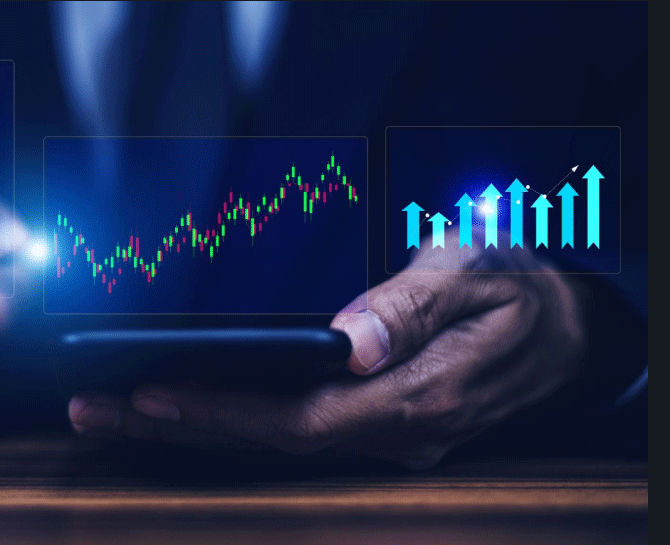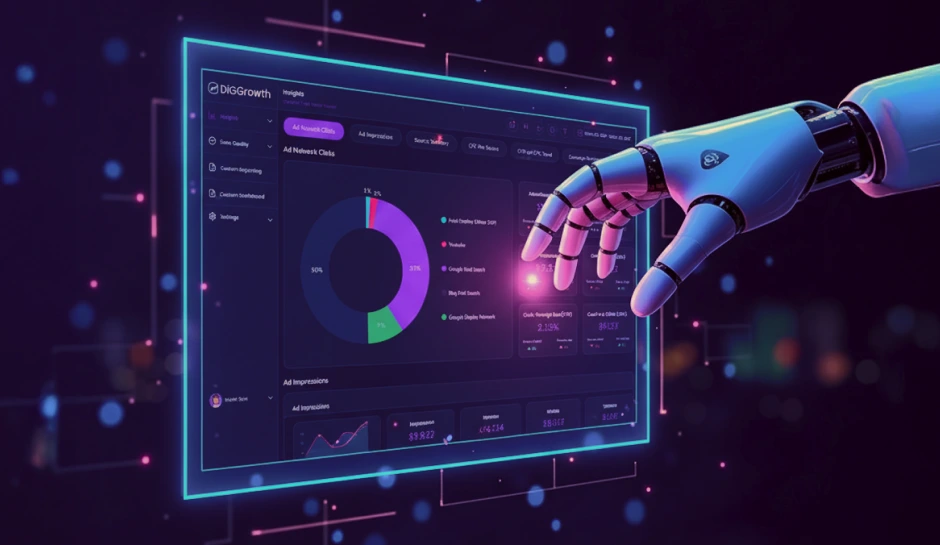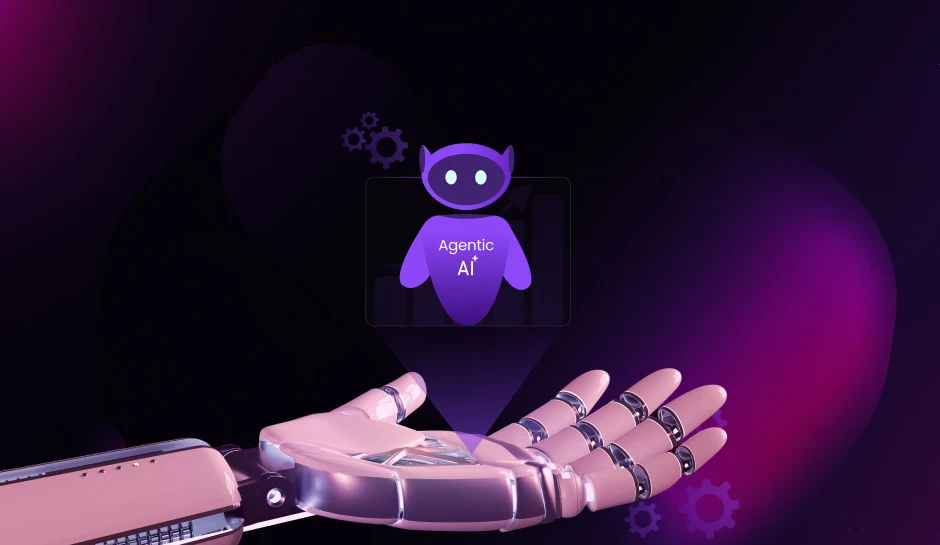
What Is Last-Click Attribution and Its Uses for Marketers
Marketers are generally eager to identify and focus on the channels or touchpoints that prove effective in driving conversions. The last-click attribution model helps marketers find and focus on the channel accessed by the customer immediately before conversion. So, this blog will help you learn about this attribution model in detail and help them focus on the touchpoints that actively contribute towards conversion.
What is Last-Click Attribution
Overview of Attribution Models
A customer journey consists of various channels and touchpoints that contribute towards scoring successful sales and conversions. These touchpoints are basically the points of interaction that a customer goes through before making a purchase or seeking a service provided by a business. These touchpoints are reflective of the gradual development in the customer journey, starting from awareness, interest, and desire and finally leading to action.
With the help of marketing attribution, the marketing team monitors and identifies the marketing effectiveness of all these touchpoints in winning successful conversions.
Attribution Platforms allows them to assign credit to specific touchpoints for driving sales and customers, which eventually enables them to make data-driven strategies and decisions while planning the coming course of action.
Detailed Explanation of Last-Click Attribution Model
The ‘Last-Click Attribution’ is the process of monitoring, identifying, and assigning credit to the touchpoint, resulting in conversion. Primarily, the last-click attribution highlights the point of interaction that leads a customer to take the final action by making a purchase. Moreover, it throws all the other touchpoints associated with building awareness, interest, and desire out of the focus.
Pros and Cons of Last-Click Attribution
The efficiency and relevance of last-click attribution are somewhat debatable as some marketers consider it a flawed practice and idea, while others find it reasonably effective in making targeted marketing efforts and decisions. Let us enlist some pros and cons of this attribution model to obtain more clarity over its relatability and utility.
- Pros
- Cons
It helps identify the touchpoint that leads to conversion.
Last-click attribution helps identify the touchpoint that majorly contributed to earning a conversion. It eventually helps in marking out the channels that are performing optimally so that they can be utilized better and more effectively.
It helps understand the last touchpoint of a successful customer journey.
For those who understand that a customer journey is never linear and singular. Customers might not always follow the awareness, interest, and action pathway. In that scenario, last-click attribution helps mark out the source or point of interaction that served as the final touchpoint in a customer journey. This information will ultimately lead to identifying the pathway or point of interaction driving the most conversions.
It overshadows the contribution and relevance of other touchpoints.
The last-click attribution singularly focuses on highlighting the last touchpoint accessed before conversion. This approach dismisses the contribution and role of other touchpoints that play a part in gradually leading a customer to the last or final touchpoint. For example, if a blog or social media post greatly influences customers for conversion and drives huge traffic, but the customers are visiting the business website before the conversion. Then, according to last-click attribution, the business website is the touchpoint that drives sales and overlooks the contribution of the blog and the social media posts.
It can sometimes lead to misleading interpretations and information.
The above example also indicates the incorrect interpretation of the trajectory and effectiveness of the touchpoints included in the customer journey. It can be misleading for the business, as they will keep focusing on the business website while overlooking the efficiency of content marketing and social media posts as yielding touchpoints.
Now, we have acquired a detailed understanding of the last-click attribution and have underlined its benefits, drawbacks, and overall implications. It allows us to discuss the alternative approaches we can adopt in place of last-click attribution to derive equally useful and relevant data minus the drawbacks or limitations experienced while using last-click attribution.
Alternatives to Last-Click Attribution
The last-click attribution can be replaced with alternative attribution models to make better data-driven decisions and better understand the customer journey. Some great alternative attribution approaches include:
What are Multi-Touch Attribution Models?
A multi-touch attribution model takes all the touchpoints that successfully navigated a potential customer towards conversion. This approach appropriately divides the sales credit between all the channels and touchpoints that drive the customer toward making a purchase. It also identifies the touchpoints that proved completely ineffective in the customer journey.
Also See
- Linear Attribution
- Time Decay Attribution
- U-Shaped Attribution
Linear attribution adopts a similar approach to multi-touch attribution, except that it divides the contribution equally among all the touchpoints that contributed toward conversions. This approach sometimes makes it difficult to identify the touchpoints that impacted the customers most.
Time decay attribution attributes the credit of conversion according to the closeness of time that the point of interaction holds with conversion. This approach marks the touchpoint closest to conversion as the most influential touchpoint.
U-shaped attribution performs a non-linear distribution of credits among the touchpoints. It accounts for the first and the last touchpoints as the most influential interaction points. It does not give much credit to the touchpoints encountered during the customer journey.
Best Practices for Using Last-Click Attribution
- Situations Where Last-Click Attribution Makes Sense
- Combining Last-Click with Other Models for Holistic Insights
Last-click attribution proves most useful when finding the most effective touchpoints for conversions. Although it does not present a complete picture of the customer journey, it efficiently highlights the touchpoint that leads to Revnue Analytics.
To increase the accuracy and efficiency of the last-click attribution, it can be used along with other attribution models, like first-click attribution, multi-touch attribution, and time decay attribution.
Example of Last-Click Attribution
Last-click attribution gives full credit for a conversion to the final touchpoint a customer interacts with before making a purchase. For example, imagine a customer is interested in buying a smartphone. They first see a social media ad for the phone, then read a blog review, and later receive an email promotion. A few days later, they search for the brand on Google, click a paid search ad, and complete the purchase. In a last-click attribution model, only the Google search ad receives 100% of the credit for the sale, even though the other channels played a role in influencing the decision. This model is widely used because it is easy to track and directly connects marketing efforts to conversions.
Advantages of Last-Click Attribution
One of the biggest advantages of last-click attribution is its simplicity. Since it focuses only on the final interaction, marketers can quickly determine which channels and campaigns are driving immediate conversions. This model is particularly useful for short sales cycles, such as e-commerce transactions, where customers make quick purchase decisions after minimal interactions. Last-click attribution is also easy to implement in tools like Google Analytics, requiring minimal setup. Additionally, because it provides clear-cut data, it helps businesses allocate budgets more effectively to channels that drive immediate sales.
Challenges of Last-Click Attribution
While last-click attribution is simple and direct, it has significant limitations. It completely ignores the role of earlier interactions in the customer journey. For example, a user may have engaged with a brand multiple times through organic search, social media, or content marketing before clicking a paid ad to complete the purchase. By crediting only the final touchpoint, last-click attribution undervalues brand awareness efforts and top-of-funnel marketing activities, such as content marketing and social media engagement. Additionally, this model does not consider the influence of multi-device usage, where a user may first research on a mobile device and later complete the purchase on a desktop. These limitations can lead to misinformed marketing decisions, causing brands to underinvest in essential awareness-building channels.
How to Create a Last-Click Attribution Report
Creating a last-click attribution report involves using analytics tools that support attribution modeling. Here’s how to do it:
- Choose an Attribution Tool:
- Navigate to the Attribution Section:
- Apply Filters and Analyze Data:
- Compare with Other Models:
- Export and Share Reports:
Use platforms like Google Analytics, HubSpot, DiGGrowth, or Adobe Analytics, which support last-click attribution reporting.
In Google Analytics, go to “Conversions” → “Attribution” → “Model Comparison Tool” and select “Last Click.”
Customize your report by selecting a specific time period, traffic sources, or customer segments.
If needed, use the model comparison feature to see how last-click attribution differs from first-click or linear attribution.
Generate automated reports and share them with your marketing team for better decision-making.
By leveraging last-click attribution reports, businesses can gain insights into which channels are driving immediate conversions while also considering complementary attribution models for a broader view of marketing effectiveness.
Conclusion
After discussing all the necessary aspects of last-click attribution in detail, let us conclude the topic by revisiting the factors and going through the key outcomes of this blog.
Recap of Last-Click Attribution
Last-click attribution takes into account the last touchpoint in the customer journey as the most influential point of interaction and assigns the credit of conversion solely to it. It neglects the contribution and significance of other touchpoints that might have contributed more towards the conversion and sales.
It can be made more effective in identifying the yielding marketing channels and platforms by using it with other potent attribution models.
Choosing the Right Attribution Model for Your Business
This blog helps you become acquainted with and aware of last-click attribution while briefly discussing other attribution models. However, it is up to your requirements, approach, or judgment to choose the right attribution model for your business. Moreover, you need to be mindful of the unique requirements of your business and the user-behavior of the audience while adopting the right attribution and analytical approach.
Learn more about marketing attribution and get your hands on a high-performing and reliable marketing attribution dashboard.
Talk to Us!
Just write to us at info@diggrowth.com and we’ll get back to you.
Ready to get started?
Increase your marketing ROI by 30% with custom dashboards & reports that present a clear picture of marketing effectiveness
Start Free Trial
Experience Premium Marketing Analytics At Budget-Friendly Pricing.

Learn how you can accurately measure return on marketing investment.
Additional Resources
How Predictive AI Will Transform Paid Media Strategy in 2026
Paid media isn’t a channel game anymore, it’s...
Read full post postDon’t Let AI Break Your Brand: What Every CMO Should Know
AI isn’t just another marketing tool. It’s changing...
Read full post postFrom Demos to Deployment: Why MCP Is the Foundation of Agentic AI
A quiet revolution is unfolding in AI. And...
Read full post postFAQ's
Last Click Attribution model explains the last click or last engagement by customer before purchasing.
If a users clicks your ad and makes a conversion in next 7 days, the conversion will be reported in your google campaign
The last-click rule is to give all the credit for conversion to the last-clicked ad, touchpoint, or keyword.
The 7-day last-click attribution model gives full credit for a conversion to the last touchpoint a user interacted with within seven days before completing the conversion. This model is commonly used in platforms like Google Ads to measure recent and direct impact on conversions.
The biggest issue with last-click attribution is that it ignores the entire customer journey, giving all credit to the final touchpoint while overlooking earlier interactions. This undervalues brand awareness efforts, content marketing, and multi-channel engagement.
Last-click attribution assigns 100% of the credit to the final interaction, while data-driven attribution uses machine learning to distribute credit across multiple touchpoints based on their actual contribution to the conversion. Data-driven attribution provides a more accurate and holistic view of the customer journey, helping businesses optimize their marketing strategies effectively.


